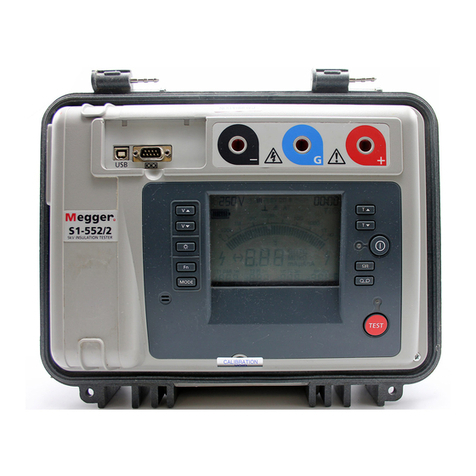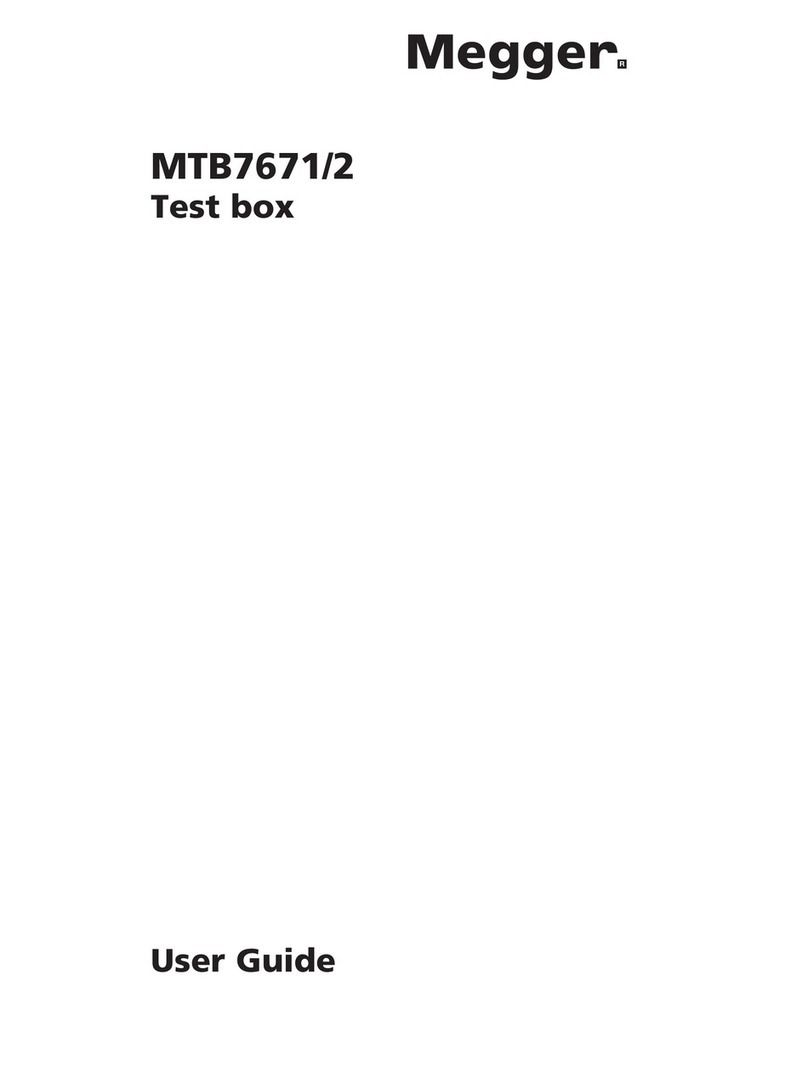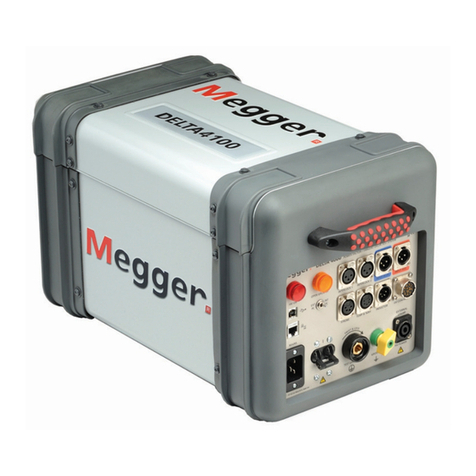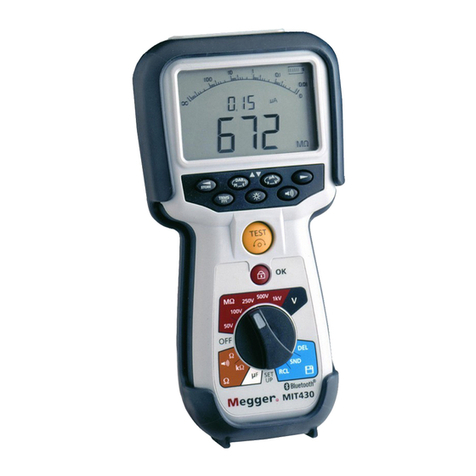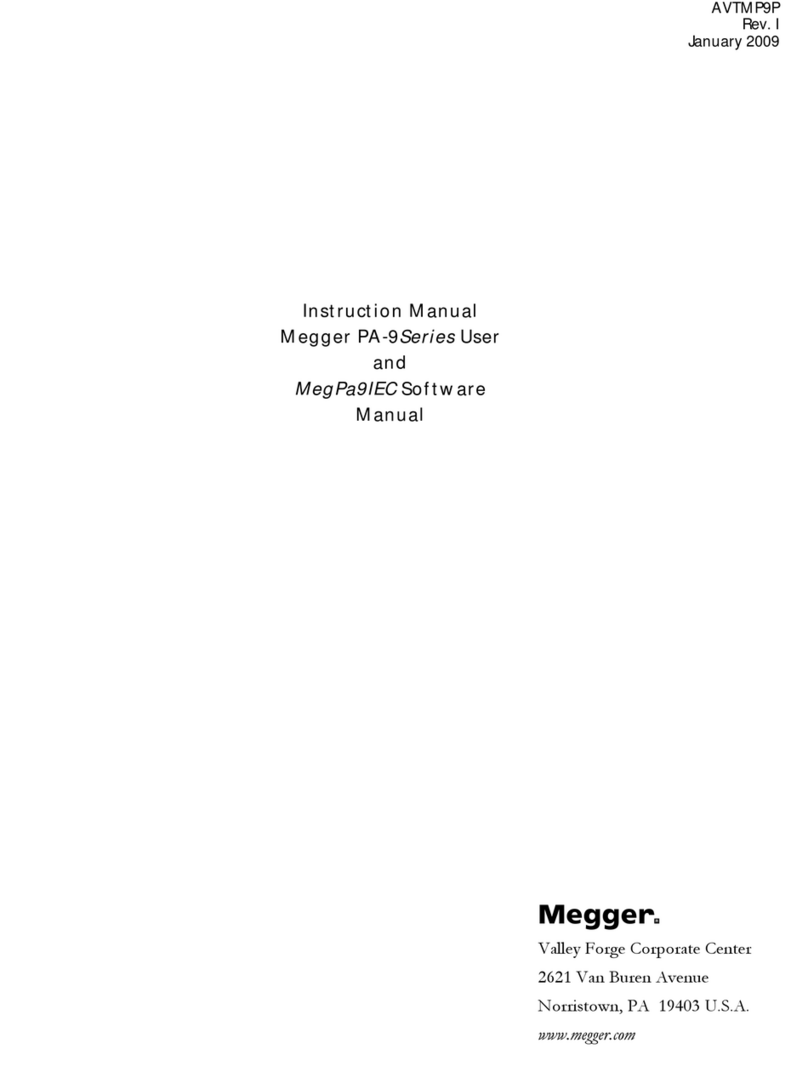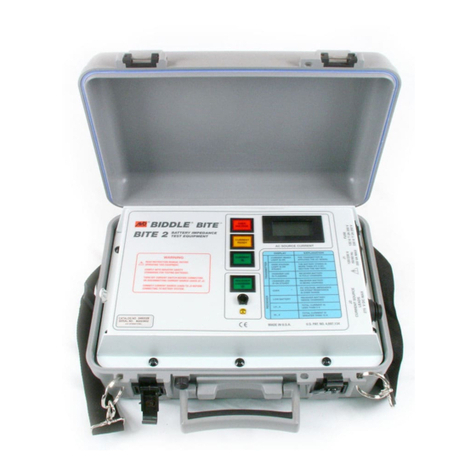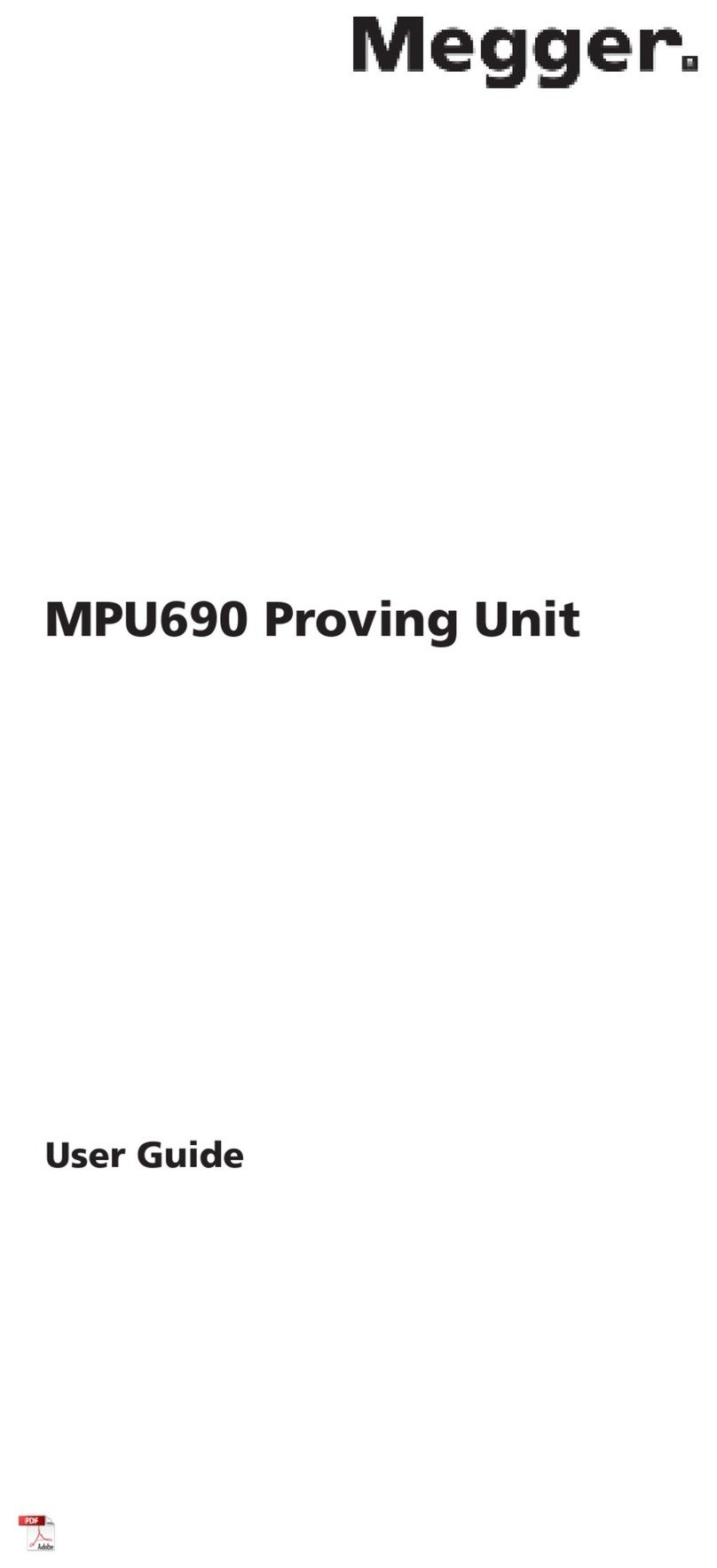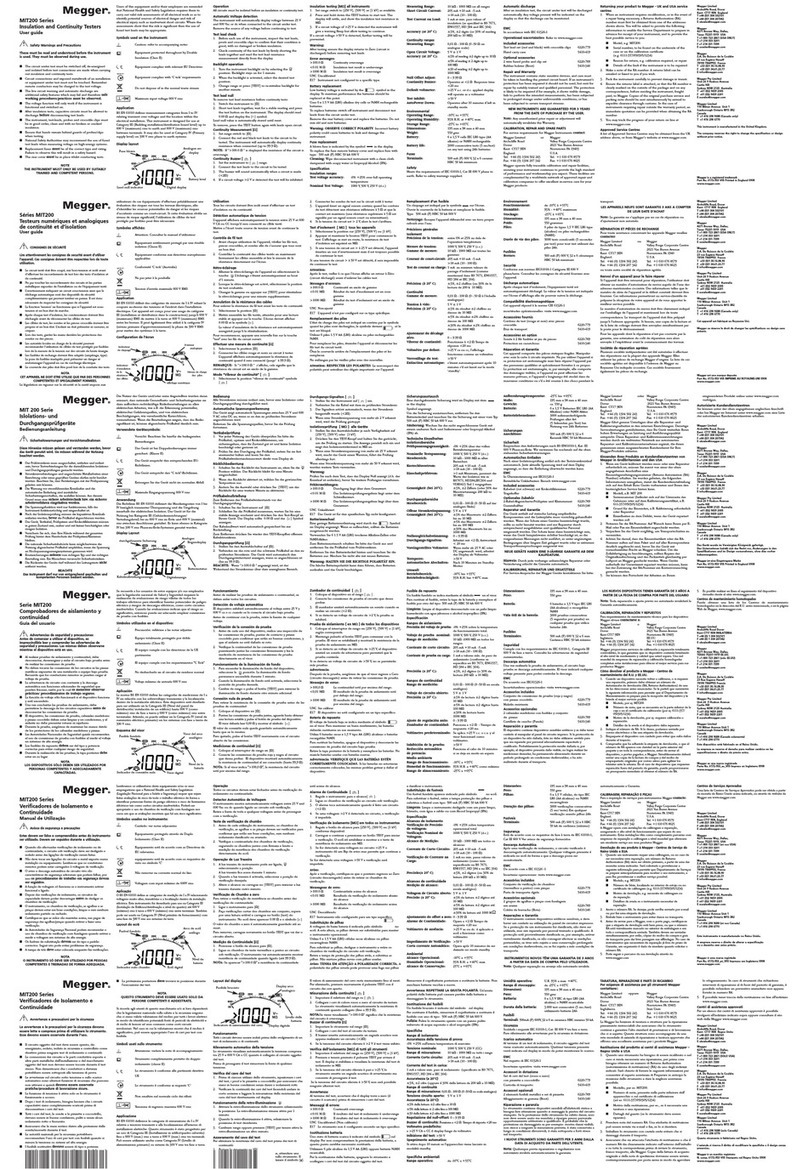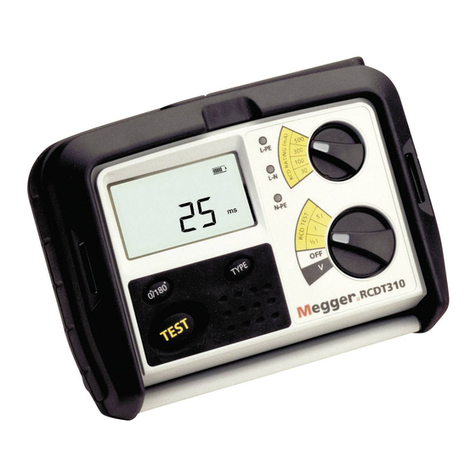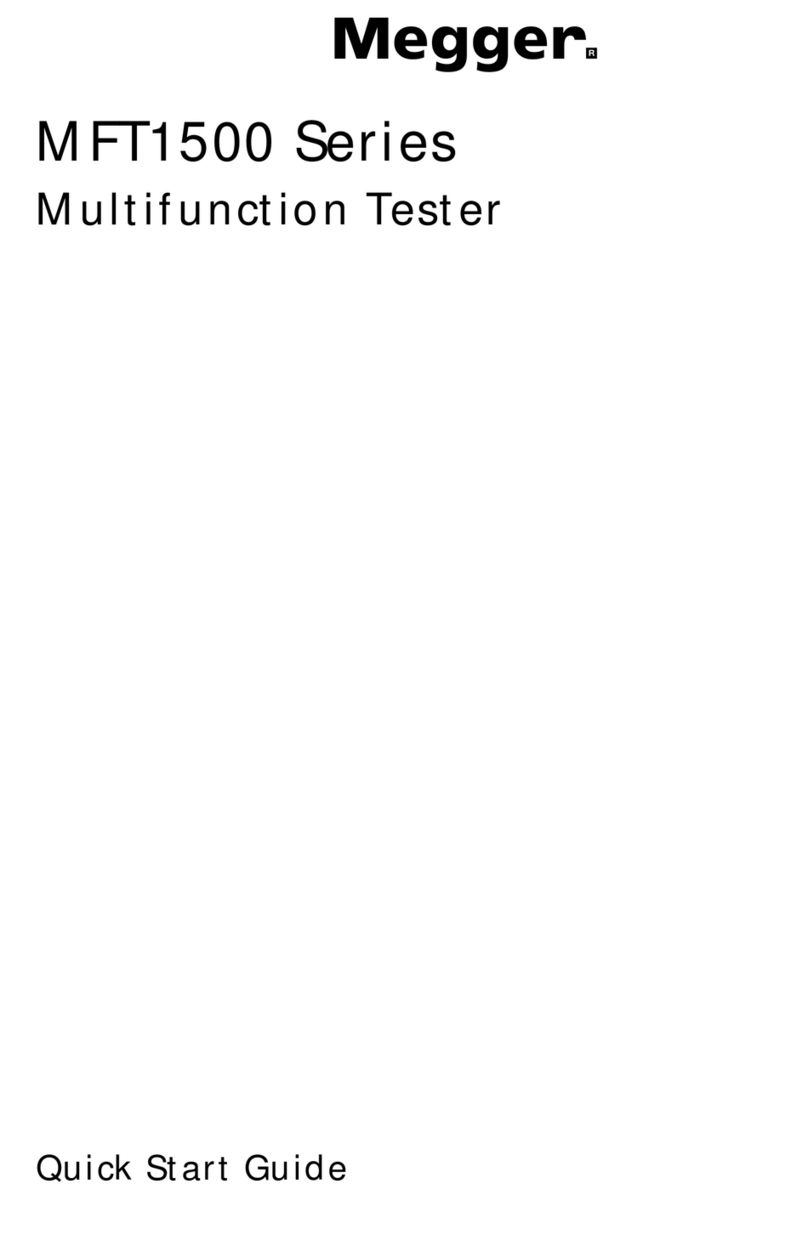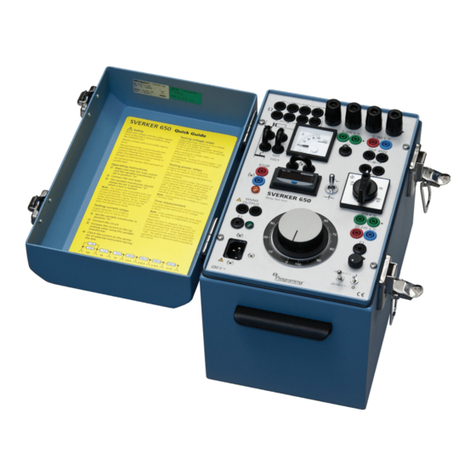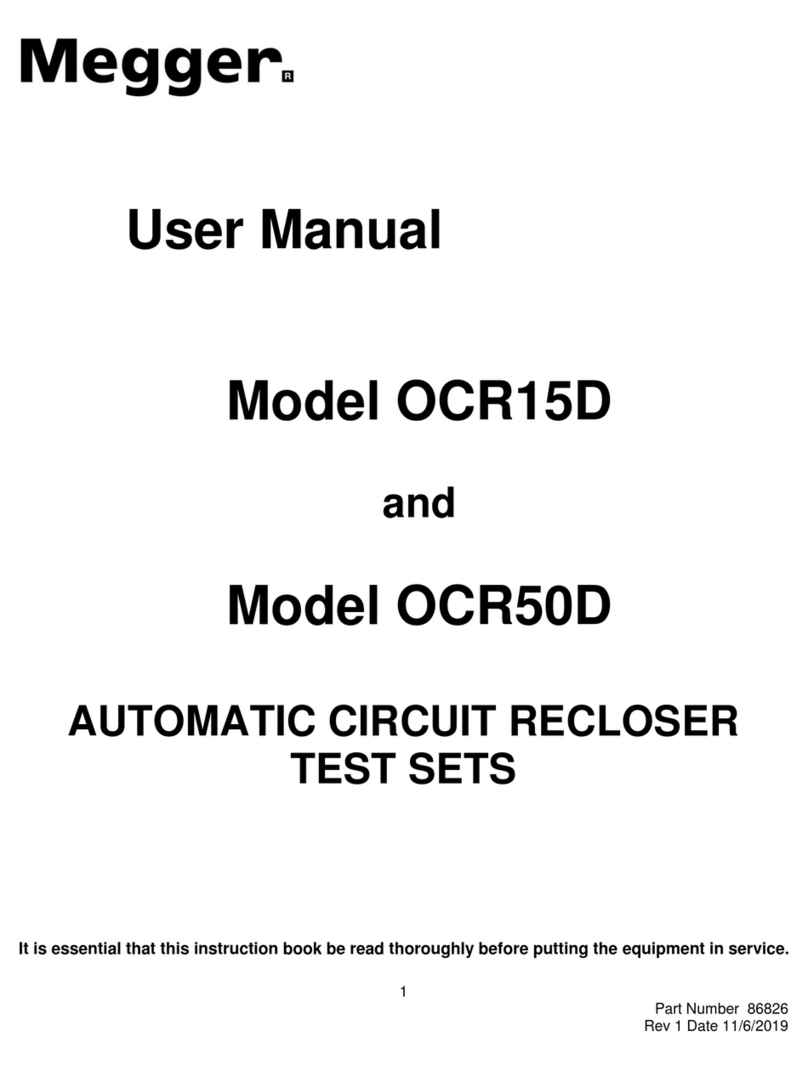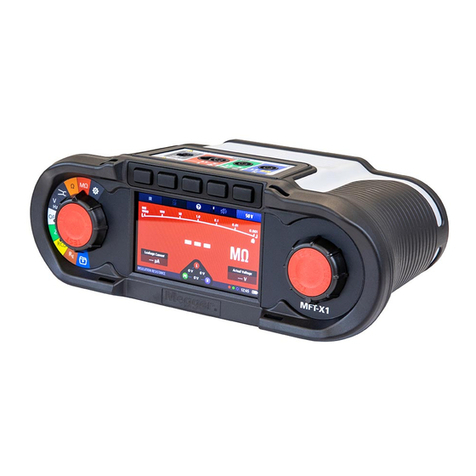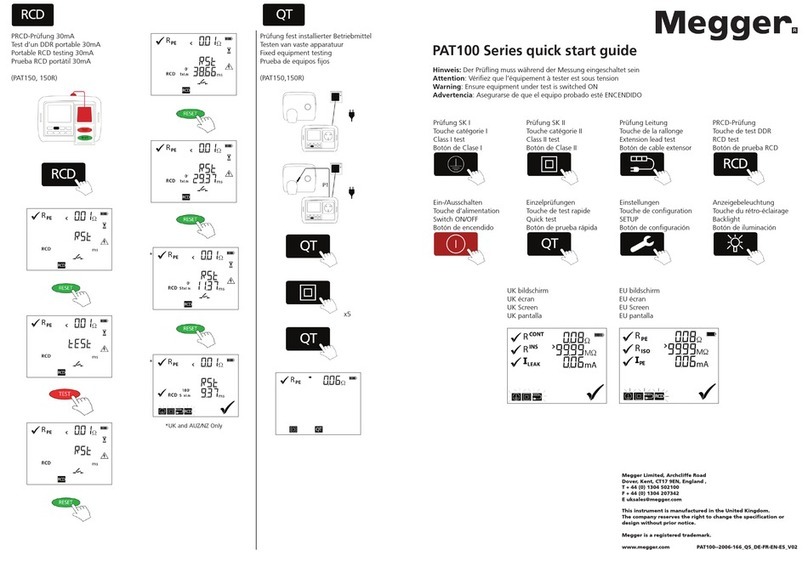
2Technical description
2.1 System description
The powerful T 22/13 B 15 kV Burn Unit is mostly used for the conversion of high
resistance and intermittent cable faults into low resistance shunts.
This process known as „Burning“ uses the heat of an electric arc to turn the hydrocarbons
of the cable insulation at a fault point into conductive carbon. The fault resistance changes
to low-impedance values, allowing it to be used for pre-location using the pulse reflection
method and pinpointing using the twist method and the distortion-of-minimum method.
In addition to this classical application as a Burn Unit, the following methods are also
available for the T 22/13 B in combination with other devices:
Pre-location using the arc reflection method (ARM Live Burning) in combination
with a suitable coupling unit and a time domain reflectometer (TDR)
Sheath pinpointing in combination with a suitable ground fault detector
The T 22/13 B 15 kV Burn Unit is short-circuit proof and supplies constant power to the
changing fault resistance over a range of currents (constant power characteristics). The
burn-out voltage is infinitely variable. Output current and output voltage are displayed on
instruments, each with a choice of two measuring ranges. The maximum burn-out peak
current is 31 A.
A start preconditioning circuit and a discharge device are built in for safety.
The unit uses a 50 Hz high-voltage transformer which takes its primary supply from a
regulating transformer. The burn-out or charging current reaches the output via a bridge
rectifier.
In the case of low-impedance faults or operation using an energy separation filter (ESF)
the spark gap is opened and the charged capacitor is discharged into the output circuit
in relaxation oscillations, with a choke and recovery diodes providing power adjustment
to the fault. This allows the T 22/13 B 15 kV Burn Unit to achieve virtually constant
power characteristics.
In the case of very low external resistances, e.g. < 5 , overload protection prevents the
recovery diodes from overheating. The HV transformer is also protected against
overloading.
The T 22/13 B is provided by Megger either as a portable stand-alone device or as an
integrated part of a measuring system (preferably in a test van or on a pallet). While the
stand-alone device can be used completely autonomously according to the description in
this user guide and is equipped with all necessary safety devices, dependencies and
security mechanisms have to be observed when used in combination with other devices,
which can be found in the documentation of the respective measuring systems.
Application
Functional description
Product versions
